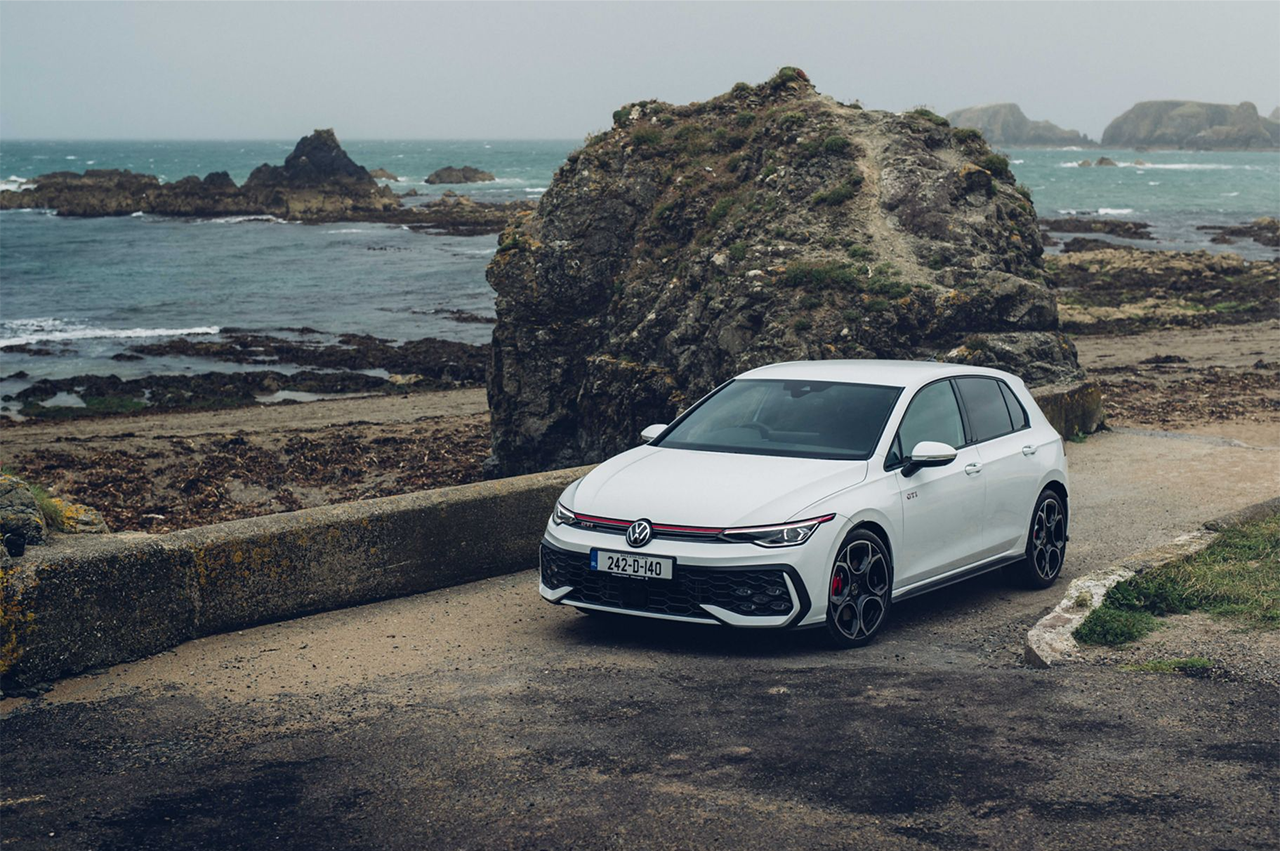Some cars are built to last, while others wear out early. You might see a few still running strong after years of driving. Others may break down too soon, even if the owner takes good care of them and follows service rules.
When buying a car, reliability should be a top concern. A vehicle that can go past 250,000 miles without major trouble can save you money. It gives you peace of mind and fewer headaches over time compared to less dependable options.
Cars that last a long time usually have strong engines and fewer electronic problems. They need only basic care like oil changes, tire checks, and brake service. If a car doesn’t ask for too much attention, it often stays on the road longer.
On the other hand, some vehicles are known for causing problems. They may start fine, but issues come up after a few years. These problems cost money and time, and they often lead drivers to sell or scrap the car earlier.
That’s why it helps to know which cars are proven to last. Some brands, like Toyota and Honda, are known for going the distance. Owners of these cars often report great performance, even after putting on hundreds of thousands of miles.
5 Cars That Easily Pass 250K Miles
We’ll cover five cars that are known for lasting past 250K miles with basic care. Then we’ll look at five that usually don’t get close to that number without major problems.
This list can help you if you’re buying a car for daily use, family travel, or even long commutes. Picking a reliable vehicle can make a big difference in how much you enjoy owning it, and how long it stays with you.
1) Toyota Camry
The Toyota Camry has earned a strong name for being one of the most dependable cars on the road. Many people trust it for daily use because it runs smoothly for many years with very few problems.
One reason the Camry is so reliable is because of its strong engine. It is built with care and quality parts, which help it last much longer than many other cars in the same class.
With regular oil changes, tire checks, and fluid top-ups, the Camry easily crosses 250,000 miles. It does not need many expensive repairs if you follow the basic service schedule.
Toyota has a long history of making cars that stay in great shape over time. The Camry is one of its top models, known for both its performance and durability.
Drivers often report that their Camrys still drive well even after 10 or 15 years. This makes it a smart choice for anyone who wants a car that doesn’t give up early.
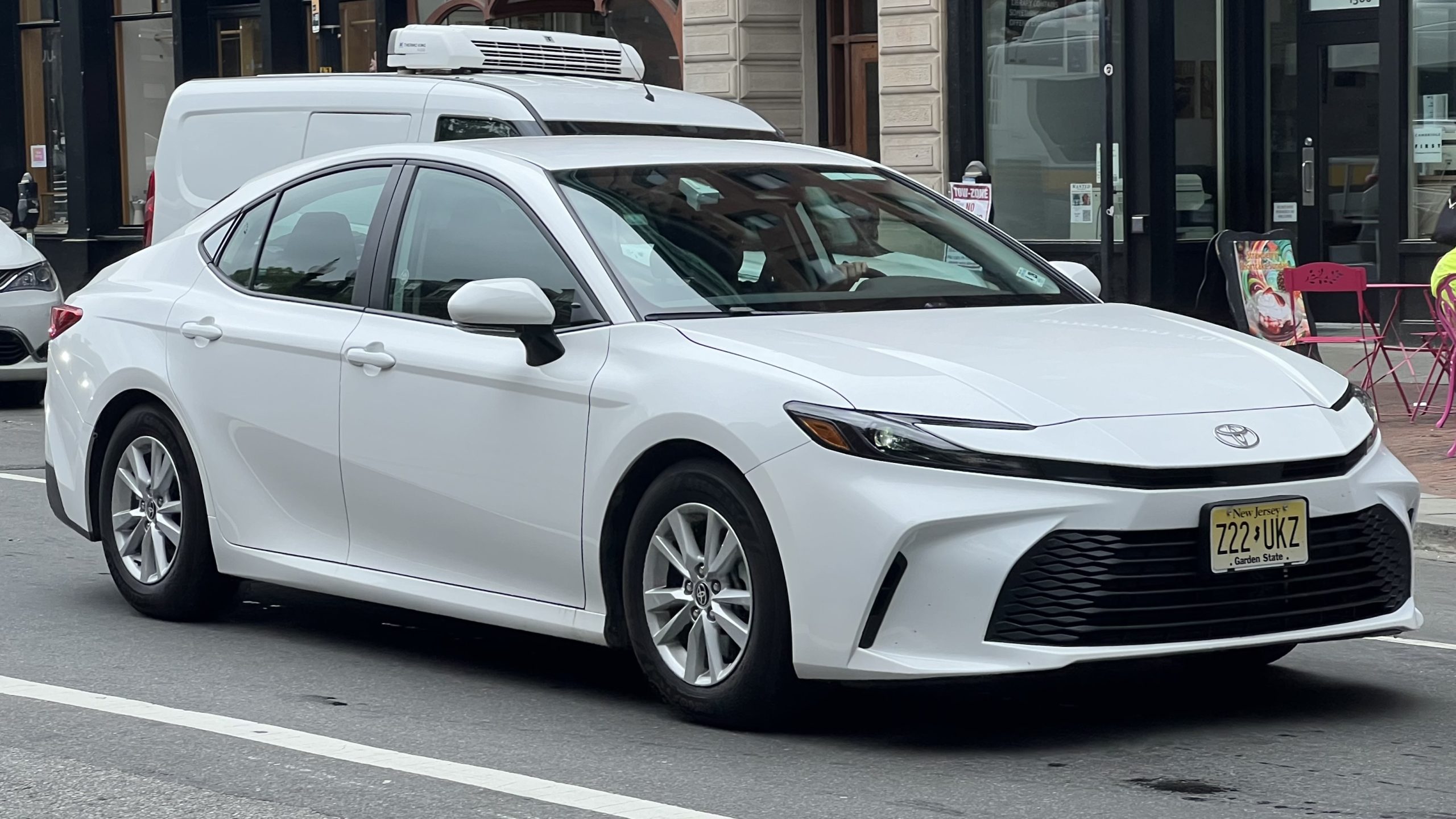
Another reason why the Camry lasts long is that it doesn’t have too many complicated features. Fewer electronics mean there’s less that can go wrong, which makes it easier to maintain.
Even if a problem does show up, the cost to fix it is often lower than with many other cars. Replacement parts are easy to find, and most mechanics know how to work on it.
The Camry is also known for its smooth ride and good fuel economy, which makes it comfortable for both city driving and long trips. Many families keep the same Camry for years without needing to trade it in.
Because of its proven track record, the Camry also holds its resale value well. This means that even an older model can be worth good money if it’s in decent condition.
If you want a car that lasts a long time without trouble, the Toyota Camry is one of the best choices. It’s reliable, affordable to maintain, and built to keep going mile after mile.
Also read: 5 Luxury Cars That Age Like Fine Wine and 5 That Age Like Milk
2) Honda Accord
The Honda Accord is one of the most trusted cars when it comes to long-term use. It has been a popular choice for drivers who want a car that stays dependable year after year.
Known for its strong build, the Accord is made with high-quality parts that can handle everyday wear and tear. Its solid body design helps it stay in good condition even after thousands of miles.
One of the biggest strengths of the Honda Accord is its smooth and reliable engine. The engine performs well under pressure and continues to work smoothly even after 250,000 miles or more.
Owners often report that their Accord still feels like new even after years of use. This long-lasting quality makes it a smart choice for both city and highway driving.
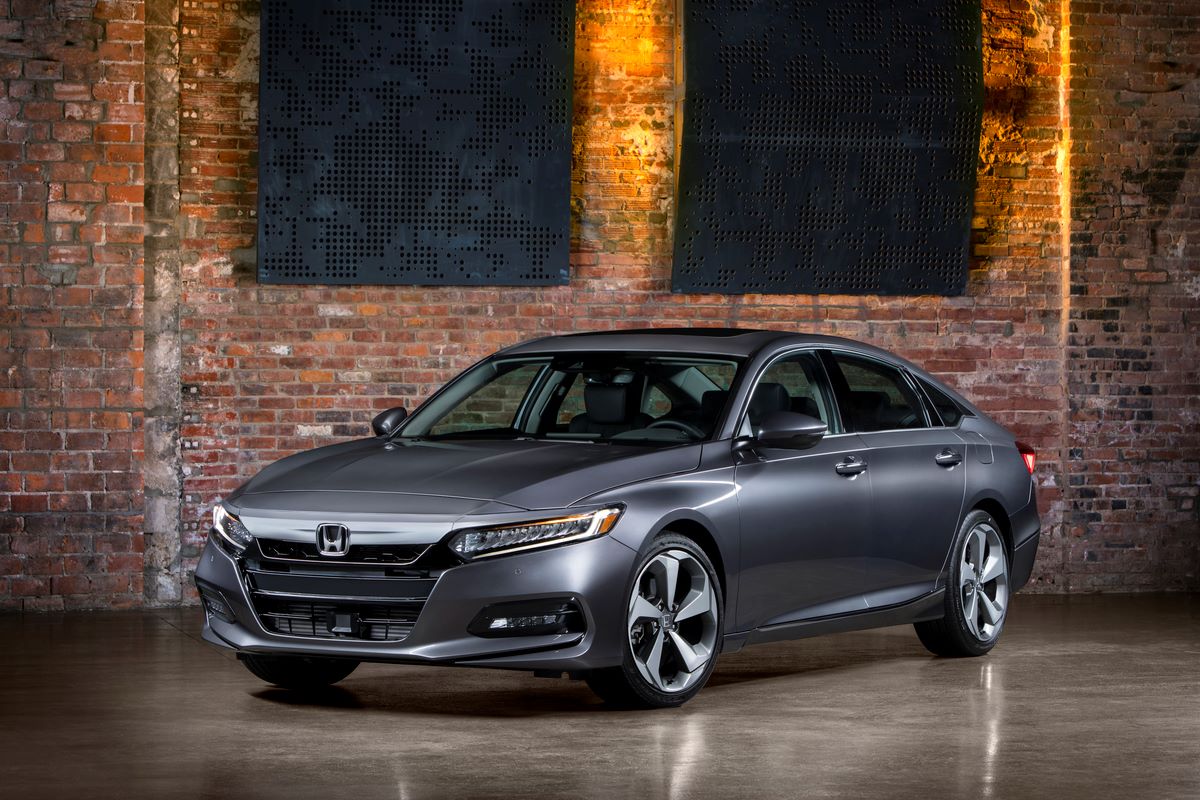
Another reason why the Accord lasts so long is because Honda focuses on simplicity and strength in its design. This means fewer complicated systems, which lowers the chances of serious breakdowns.
The cost of maintaining a Honda Accord is also quite low compared to many other cars. Spare parts are easy to find, and many mechanics are familiar with fixing Hondas.
The Accord offers great fuel efficiency, which makes it budget-friendly for long drives. Even older models can still give good mileage if they are well taken care of.
Comfort is another reason people stick with the Accord. The interior is roomy, and the ride is smooth, making it a favorite for families and commuters.
Honda’s reputation for reliability has made the Accord a top-selling model for years. People keep coming back to it because they know it will last and won’t let them down.
3) Toyota Prius
The Toyota Prius is a hybrid car that has proven to be much tougher than people expect. While some think hybrid vehicles don’t last long, the Prius shows that they can go far with the right care.
One of the key reasons the Prius lasts so long is its high-quality build. Toyota designed it with strong materials that hold up well even after years of driving.
Even though it uses electric power along with fuel, its hybrid system is very dependable. The battery and motor are designed to work together smoothly for a long time.
Many Prius owners have driven their cars past 300,000 miles without major problems. This shows that the Prius is more than just good for saving fuel—it’s also great for long-term use.
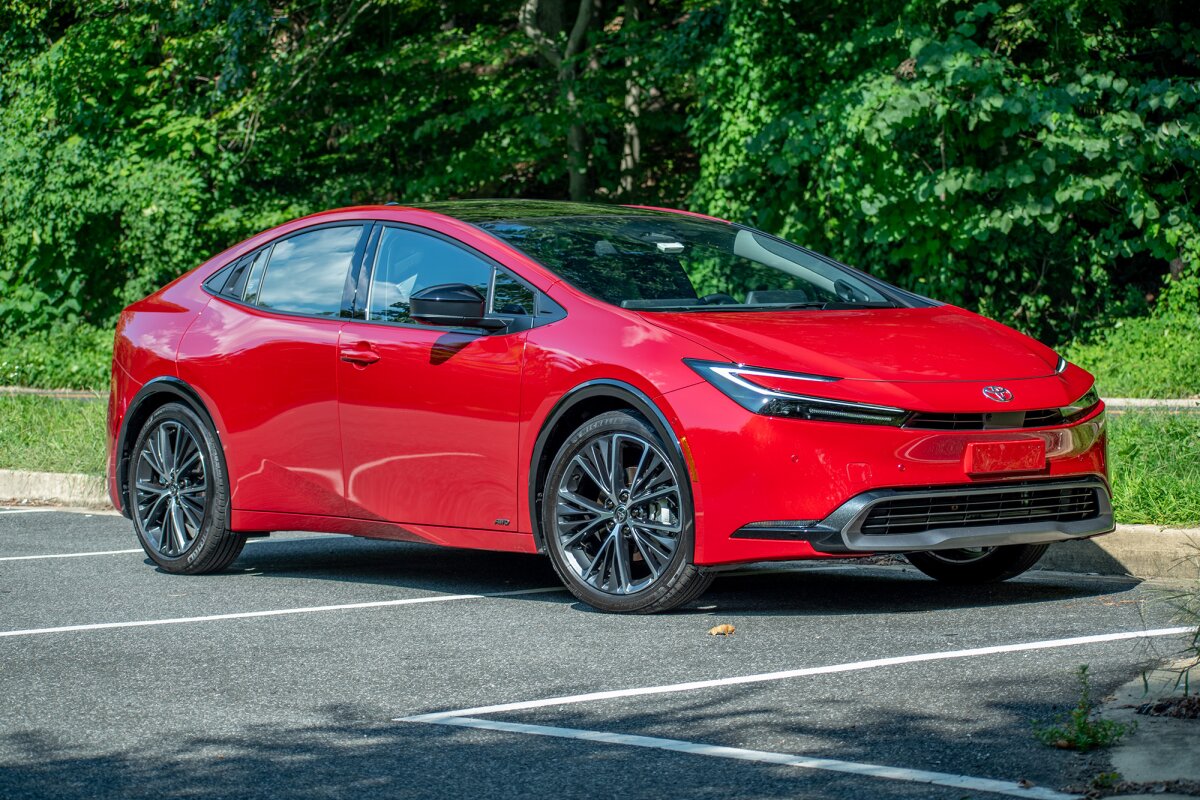
The Prius stands out because it keeps running well while using less fuel. This makes it not just durable, but also easy on the wallet over time.
It’s also known for having a low repair rate compared to other hybrids. Its parts don’t break down easily, and when they do, they’re often cheaper to fix than expected.
Another reason the Prius lasts is because it’s often driven gently. Many owners use it for city commutes or short trips, which helps reduce wear on the engine and brakes.
The car’s smooth ride and simple design also add to its long life. There’s less stress on the vehicle overall, which means fewer mechanical issues as the years go by.
Toyota made sure to keep the Prius easy to service. Mechanics are trained to handle its systems, and parts are widely available in most areas.
4) Honda CR-V
The Honda CR-V is a compact SUV that delivers the strength and life of a much bigger vehicle. It’s perfect for drivers who want something practical, roomy, and reliable all at once.
Many people choose the CR-V because it’s great for everyday use. Whether you’re going to work, taking the kids to school, or going on a trip, it handles everything with ease.
One of the CR-V’s biggest strengths is how long it lasts. Many owners report their CR-Vs passing 250,000 miles without major repairs or expensive issues.
This SUV is also known for needing fewer repairs than other vehicles in its class. It stays in good shape with just regular care like oil changes, tire rotations, and fluid checks.
Honda has a strong reputation for building reliable cars, and the CR-V is no exception. Its engine is designed to run smoothly for years, even under heavy use.
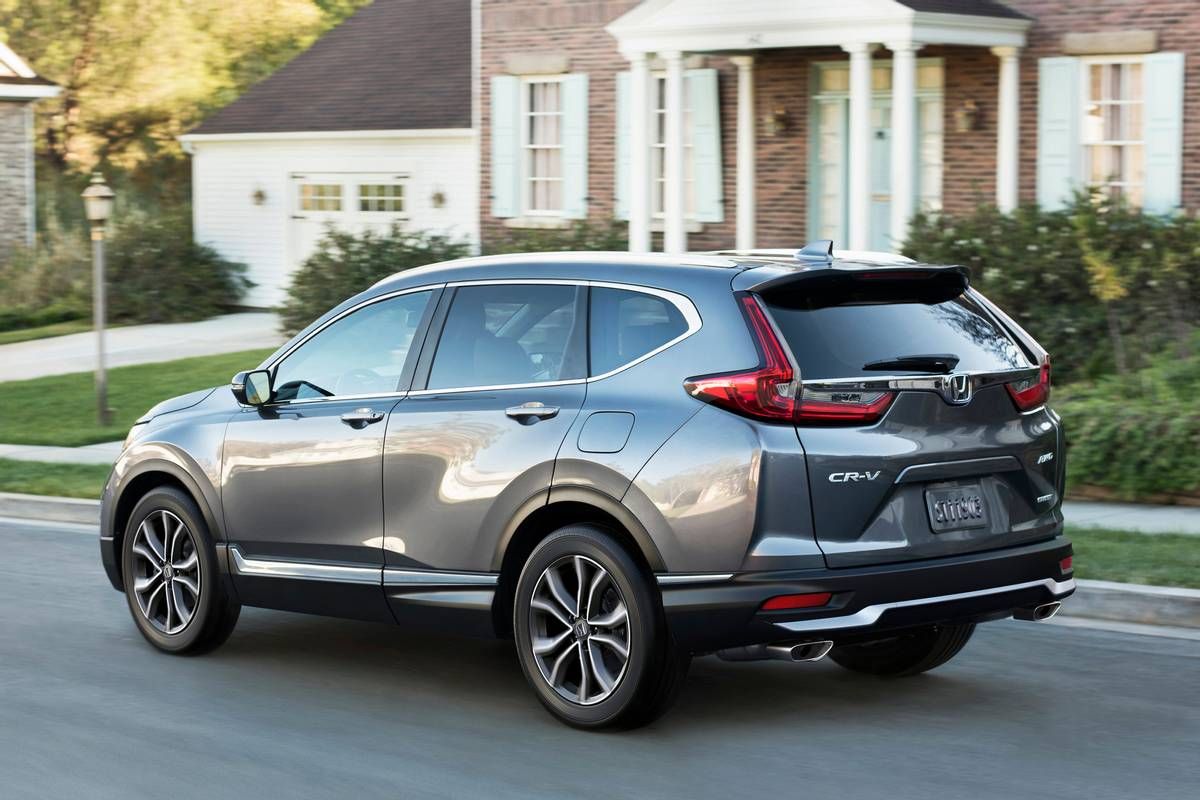
The CR-V’s simple design also helps it last longer. There aren’t too many complicated systems inside, so there’s less that can go wrong over time.
Families love the CR-V because it offers comfort, space, and safety all in one. It has a roomy interior, good legroom, and plenty of storage for bags or groceries.
Its fuel economy is another reason people stick with it. Even as an SUV, it offers better mileage than many larger vehicles, saving money in the long run.
Mechanics find the CR-V easy to work on, and replacement parts are easy to find. That means repair costs are often lower when something does need fixing.
5) Subaru Outback
The Subaru Outback is a tough and reliable vehicle built for adventure and everyday driving. It works well in different weather conditions, including snow, rain, and rough terrain.
This makes it a favorite for people who travel often or live in areas with harsh climates. Its all-wheel-drive system helps keep the car steady on slippery roads or rocky paths.
The Outback is more than just a strong performer on the road—it’s also built to last a long time. Many drivers have reported reaching 250,000 miles or more with regular maintenance.
Simple things like oil changes, brake checks, and tire care can help the Outback go the distance. Its engine and transmission are known to be long-lasting and dependable.
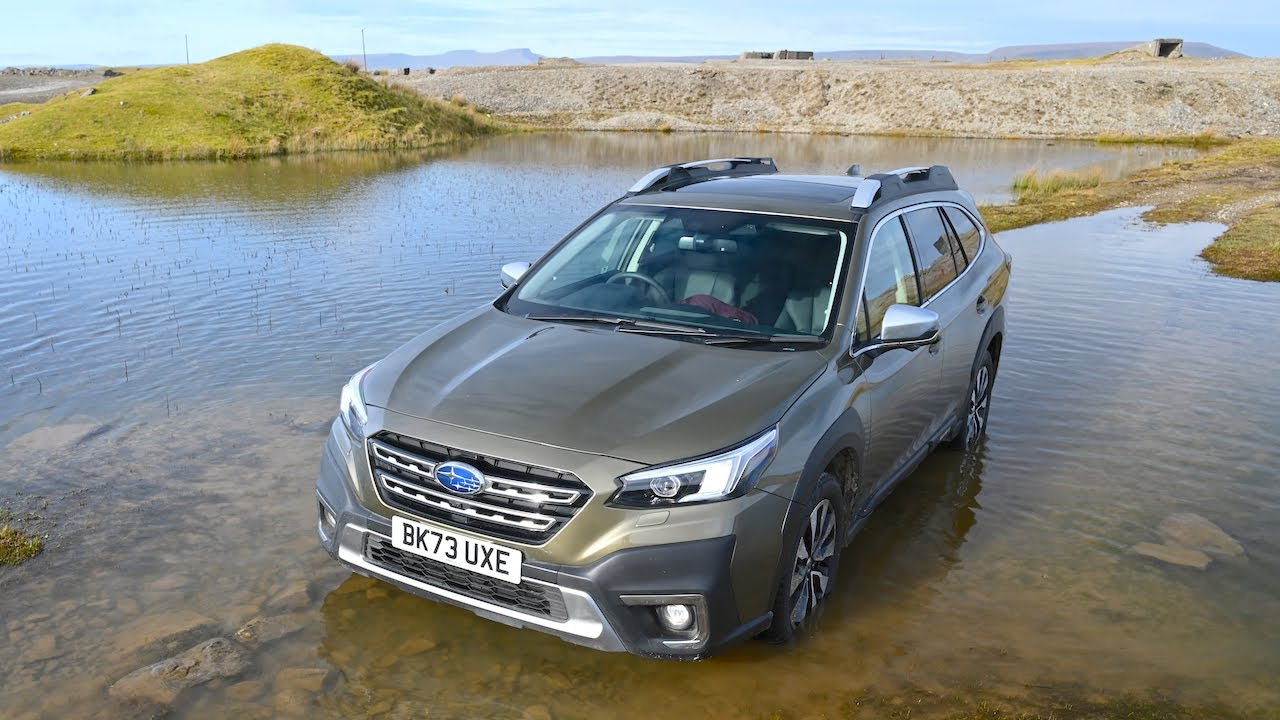
Subaru built the Outback with strong materials that can handle both daily use and weekend getaways. The car’s solid frame and suspension system give it extra durability on rough roads.
The roomy interior adds to its appeal for families and travelers. There’s plenty of space for passengers, gear, and luggage, making it a great choice for long trips.
Fuel efficiency is another bonus that comes with the Outback. For an all-wheel-drive vehicle, it offers surprisingly good mileage, helping drivers save money over time.
The Outback is also easy to repair when needed. Many mechanics are familiar with Subaru models, and the parts are widely available and affordable.
One more reason the Outback lasts so long is because it’s usually owned by careful drivers. People who choose this car often take care of it, which helps it stay in good condition for many years.
Also read: 5 Cars That Are Built Like Tanks and 5 That Crumple Easily
5 Cars That Rarely Get Close
Not every car lives up to the numbers printed on its spec sheet. While some vehicles impress with blistering acceleration and razor-sharp handling, others fall short of their promised potential once you hit the road.
In the world of performance and practicality, there are cars that simply never seem to get close—whether it’s advertised horsepower, fuel economy, or top speed. In this article, we take a look at five cars that consistently miss the mark, rarely getting close to what they claim.
1) Fiat 500
The Fiat 500 is a small, stylish car that grabs attention with its cute and compact design. Many people choose it for its looks and easy handling in busy city streets.
However, when it comes to lasting a long time, the Fiat 500 often falls short. Owners report that problems start showing up early, sometimes even before reaching 100,000 miles.
One of the most common complaints is electrical trouble. The car’s system often develops faults that can be hard and costly to repair.
In addition to electrical issues, the engine is also known to be less reliable. Some drivers face engine failure or major repairs much earlier than expected.
Because of these problems, many Fiat 500s don’t stay on the road for very long. It’s not unusual for owners to sell or replace the car within just a few years.
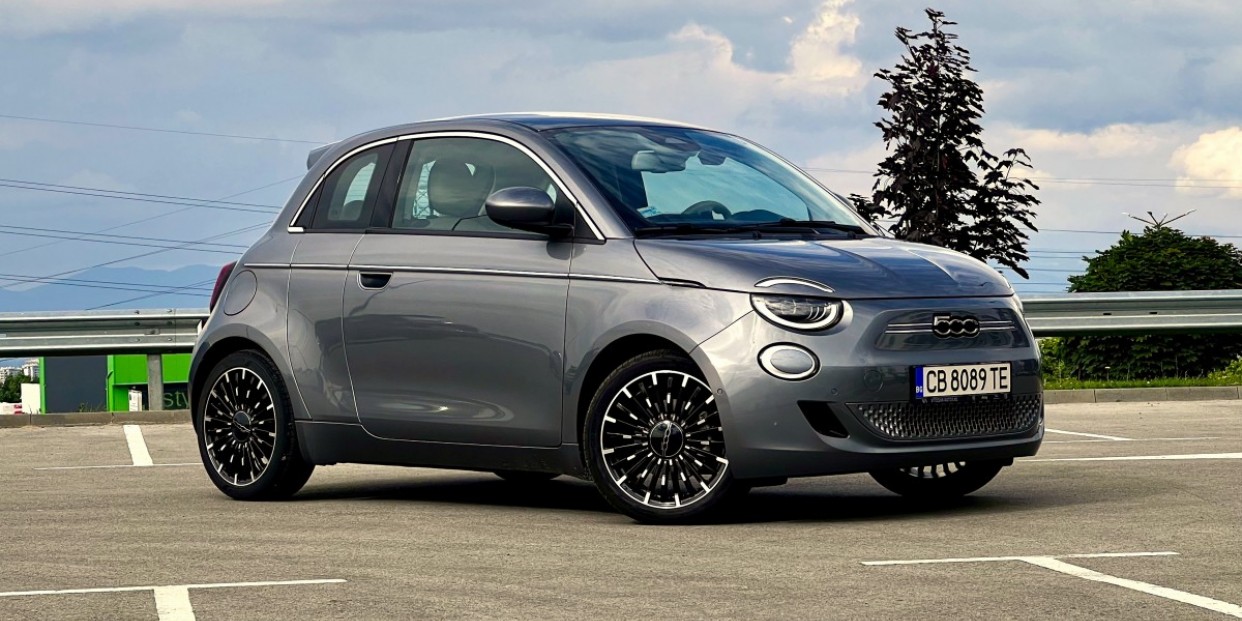
The cost of keeping the Fiat 500 in good shape can also rise quickly. Since some parts are harder to find, repairs may take longer and cost more than for other small cars.
While it offers a fun and zippy ride, that joy may not last for long. The car is more about short-term enjoyment than long-term dependability.
People who only drive short distances or use the car occasionally might have fewer issues. But for those looking to reach 250,000 miles or more, this model is usually not the best choice.
Mechanics often note that the Fiat 500 isn’t as simple to work on as other cars in its class. This can make maintenance more frustrating and expensive for owners.
2) Mini Cooper
The Mini Cooper is a fun and eye-catching car that stands out on the road. It’s known for its sporty handling, small size, and stylish design that many drivers love.
While the Mini offers a thrilling ride, it often falls short when it comes to long-term reliability. Many owners find that problems start to appear well before reaching high mileage.
One of the main issues with the Mini Cooper is its transmission system. Transmission failures are not uncommon and can be very expensive to fix or replace.
Along with that, engine problems also tend to show up early. Some drivers report oil leaks, overheating, or engine damage within the first 100,000 miles.
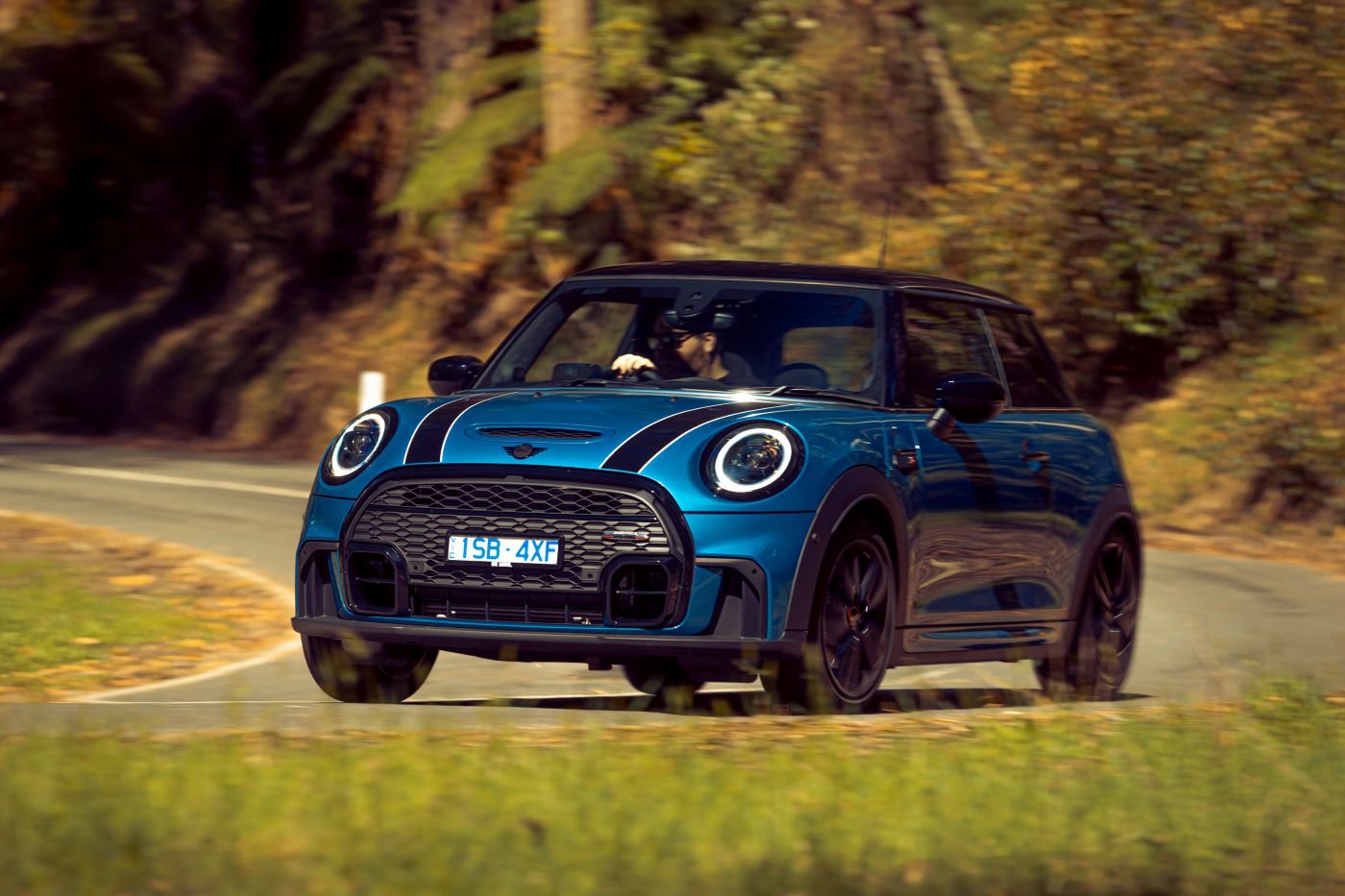
These kinds of repairs can cost thousands of dollars, making it hard for owners to justify keeping the car long-term. Because of this, many Coopers are sold or scrapped much earlier than expected.
The Mini Cooper is also known for higher maintenance costs compared to other small cars. Routine services and part replacements tend to be more expensive than average.
Its compact size makes it ideal for city driving, but that doesn’t help much if it can’t handle years of wear and tear. The car often feels more like a short-term ride than a long-lasting investment.
While some Mini Coopers do reach high mileage, it usually takes a lot of care and money to keep them running. Frequent trips to the repair shop are common among long-term owners.
Mechanics sometimes find the Mini harder to work on due to its compact and complex design. This adds to labor costs and repair times, especially for engine or transmission work.
3) Dodge Journey
The Dodge Journey is a mid-size SUV that offers plenty of space for families and passengers. It’s often chosen because of its low price and roomy interior that suits everyday needs.
While it may seem like a good deal at first, the Journey doesn’t always hold up over time. Many owners start to experience issues after just a few years of driving.
One of the most common problems is with the engine. Some owners report poor performance, overheating, or even complete engine failure well before hitting 150,000 miles.
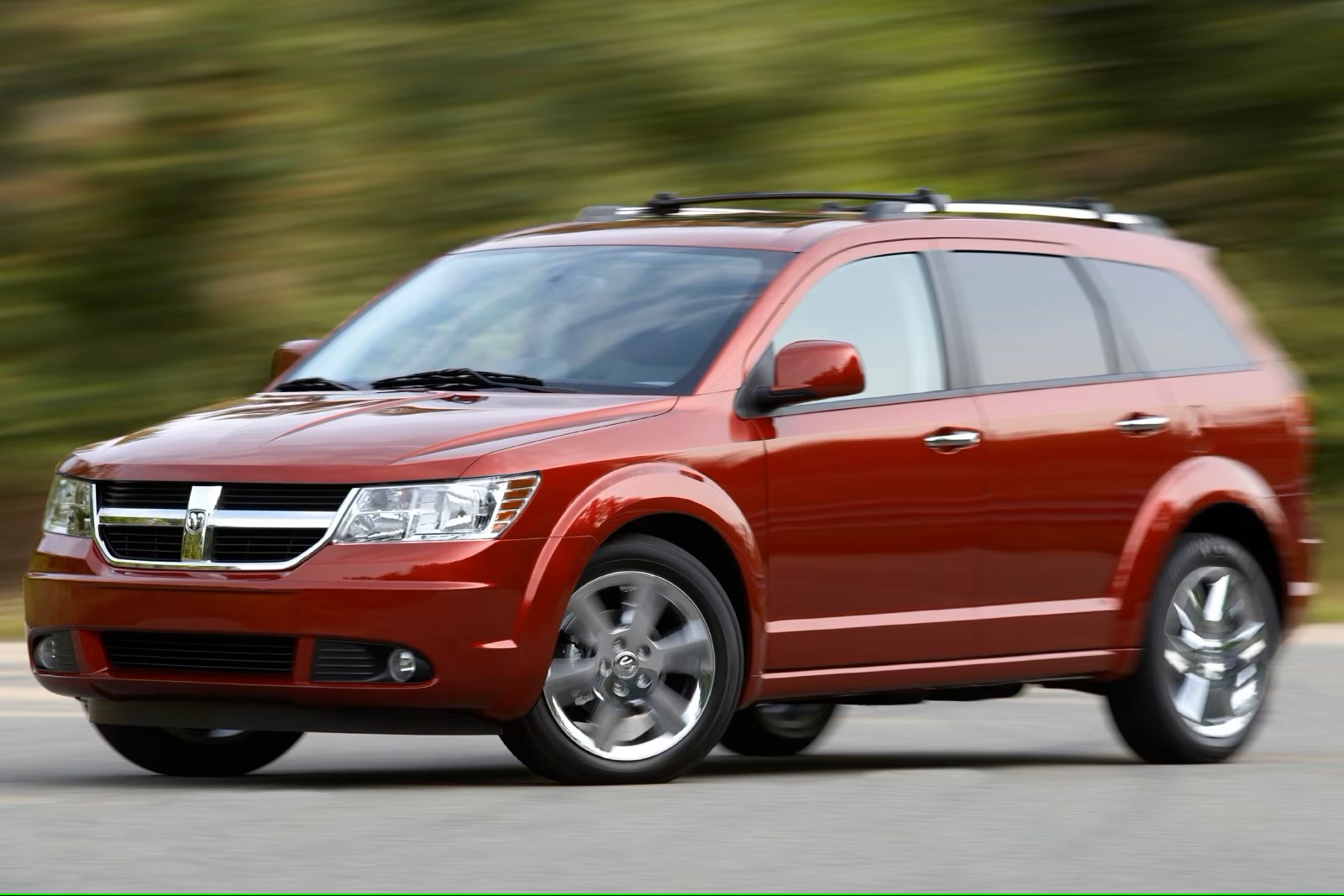
Another frequent issue is with the suspension system. It can wear out early, causing the ride to feel bumpy and uncomfortable, even on smooth roads.
These problems can make it hard for the Journey to reach 250,000 miles without major repairs. Fixing the engine or suspension is often costly and may not be worth it for many drivers.
While the interior is spacious, the build quality inside the cabin can feel cheap. Over time, buttons, knobs, and trim pieces may break or come loose with regular use.
The Journey also falls behind in fuel efficiency when compared to other SUVs in its class. This can lead to higher running costs over time, especially for daily drivers.
Even though it looks like a good value upfront, the Journey can become expensive as problems add up. Regular maintenance isn’t always enough to prevent serious issues from appearing.
Mechanics often mention that the Journey’s parts are not always easy to work with. This can lead to longer repair times and more labor charges for the owner.
4) Chevrolet Aveo
The Chevrolet Aveo is a small, affordable car that appeals to people on a tight budget. It’s often chosen for its low price and simple design, especially by first-time car buyers.
While it may seem like a smart deal at first, the Aveo doesn’t age well over time. Many of its parts start wearing out sooner than expected, even with regular use.
Drivers often report that serious problems start to show up before the car reaches 150,000 miles. This makes it hard for the Aveo to stay on the road for the long run.
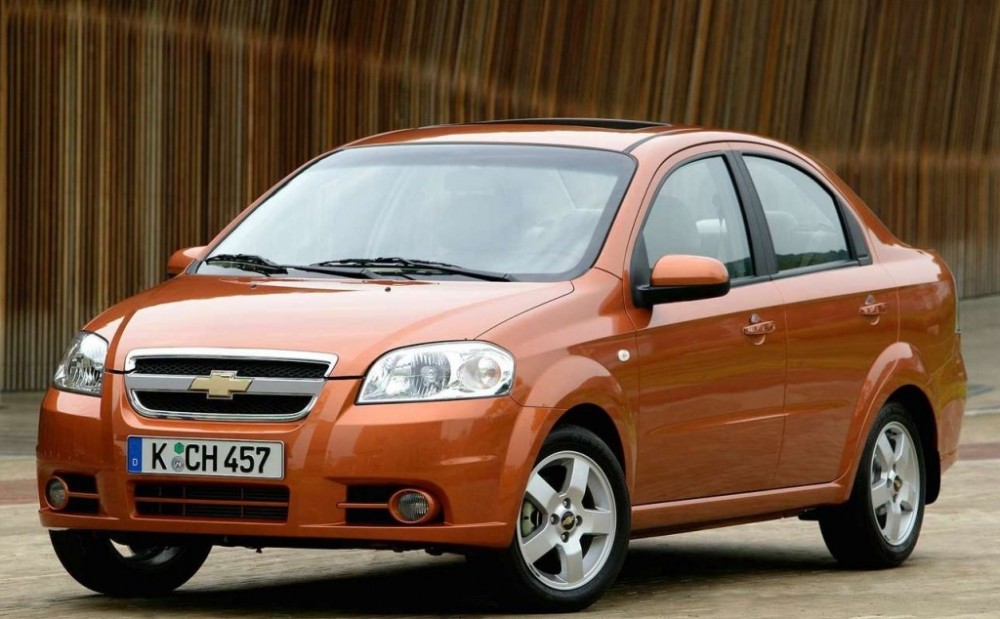
One of the main complaints is that the engine can develop issues early. Some Aveos suffer from rough performance, oil leaks, and even engine failure before reaching high mileage.
Another weak spot is the transmission system. Gear shifting can become rough or delayed, and repairs for this are often costly and time-consuming.
The car’s build quality also contributes to its short life. Interior parts, such as door handles and seat fabrics, may start breaking or wearing out quickly.
Even though the Aveo is easy to drive in cities and gets decent fuel mileage, that’s not enough to make up for its long-term weaknesses. Many drivers end up replacing it much earlier than they had hoped.
Finding parts for the Aveo is sometimes a challenge, especially since it’s no longer in production. This can make even small repairs more expensive and harder to manage.
Mechanics often say that the Aveo isn’t built for high mileage. It may look like a great starter car, but it often requires too much work to keep going past 150K miles.
Also read: 5 Cars That Perform Well After 200K Miles and 5 That Don’t Survive
5) Volkswagen Passat (Older Models)
The Volkswagen Passat is a mid-size car that has been a popular choice for many drivers over the years. It’s known for its stylish design, comfort, and smooth ride, making it an appealing option for families and commuters.
However, older models of the Passat have a reputation for needing costly repairs. While the newer models have seen improvements, the older versions often face significant issues that can make them hard to maintain over time.
One of the biggest problems with older Passats is engine failure. Some models experience engine issues early, including oil leaks, overheating, and poor performance, which can require expensive repairs or even engine replacement.
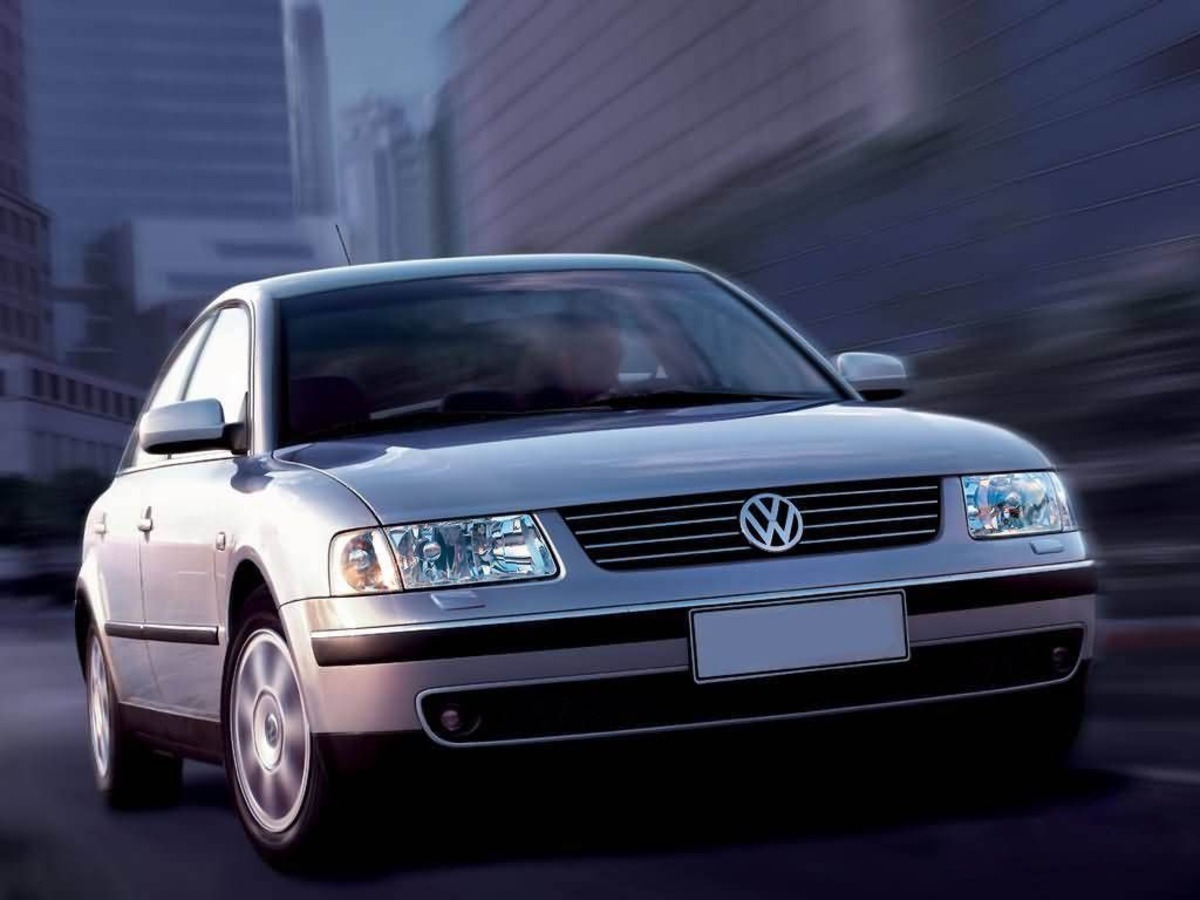
Electrical problems are another common complaint among older Passat owners. The car’s electrical system can develop faults, leading to issues with everything from the lights to the air conditioning and even the car’s safety systems.
These problems make it difficult for older Passat models to reach high mileage, such as 250,000 miles. The cost of keeping the car running smoothly often becomes too high for many drivers, who choose to replace it rather than deal with constant repairs.
While the Passat offers a comfortable and smooth driving experience, these ongoing issues can cause frustration and higher-than-average maintenance costs. Parts for the older models can be expensive, and finding a mechanic who knows how to work on them may take extra time and money.
The car’s interior, though well-designed, may also show wear and tear much earlier than expected. Door panels, trim, and upholstery often suffer from fading or breaking, which can affect the overall appearance of the car.

